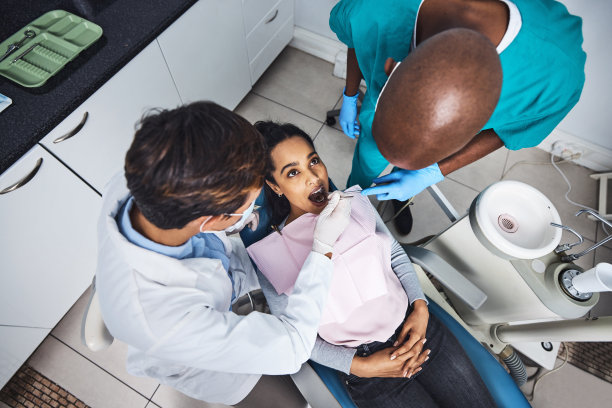Essential Care Guidelines and Precautions to Follow After a Dental Filling Procedure for Optimal Oral Health
Summary: After receiving a dental filling, it is essential to adhere to specific care guidelines and precautions to ensure optimal healing and maintain oral health. This article explores four crucial aspects of post-filling care, including pain management, eating habits, oral hygiene practices, and follow-up care. Each section provides detailed advice that will guide you through the recovery process, emphasizing what to do and what to avoid. Following these essential guidelines not only supports your immediate recovery but also fosters long-term oral health, minimizing the risk of complications after dental procedures.
1. Effective Pain Management Strategies

After a dental filling, experiencing some discomfort is normal. The first step in managing this pain is to follow your dentists recommendations regarding over-the-counter pain relievers. Non-steroidal anti-inflammatory drugs (NSAIDs) such as ibuprofen can be particularly effective in alleviating pain and reducing inflammation.
Additionally, applying a cold compress to the outside of your cheek can help reduce swelling and numb the area. Ensure that you do not place ice directly on your skin; instead, wrap it in a cloth to prevent frostbite. Limit the application to 15-20 minutes at a time to avoid prolonged exposure.
If your pain persists beyond a few days or intensifies, it is crucial to contact your dentist. In some cases, increased discomfort could indicate complications, such as an allergic reaction to the filling material or an underlying dental issue that needs to be addressed.
2. Modified Eating Habits Post-Procedure
After the filling, it is advisable to modify your eating habits, particularly during the first few hours. Avoid eating until the numbness from the anesthetic has completely worn off to prevent accidentally biting your cheek or tongue. Soft foods like yogurt, smoothies, or mashed potatoes are excellent choices while you recover.
Furthermore, it’s important to steer clear of hot foods and drinks immediately after the procedure as the anesthesia can mask your ability to feel temperature, potentially leading to burns or discomfort. Gradually reintroduce your regular diet as you feel more comfortable, but continue to avoid overly crunchy or sticky foods that might stress the new filling.
Lastly, maintaining hydration is essential. However, it’s best to drink through a straw initially to limit direct contact with the filling, especially if it’s a composite resin that could be susceptible to dislocation or damage from hard objects.
3. Importance of Oral Hygiene Maintenance
Maintaining oral hygiene is crucial after a dental filling. While you should resume brushing and flossing as soon as possible, be gentle around the filling area initially, as it may still be sensitive. Use a soft-bristled toothbrush to avoid applying excessive pressure on the newly filled tooth.
It is also beneficial to stay away from mouthwash that contains alcohol for the first few days after the filling. Alcohol can irritate sensitive areas and potentially disrupt the bonding strength of certain filling materials. Opt for a fluoride rinse to strengthen teeth without causing discomfort.
Regularly check the filling for any changes, such as wear or discomfort. If you notice anything unusual, schedule an appointment with your dentist to have it evaluated. Keeping an eye on oral health will contribute significantly to the longevity of the filling.
4. Follow-Up Care and Consultations
After this procedure, scheduling a follow-up visit with your dentist is vital. This visit allows your dentist to assess the fillings integrity and ensure that it fits properly. Addressing any issues during this appointment can prevent more severe problems from occurring down the line.
In addition to scheduled check-ups, remain vigilant for signs that might indicate a problem, such as persistent pain, visible changes in the filling, or increased sensitivity. These could be signs that the filling is failing or requiring adjustments.
Lastly, encouraging preventative care is also essential. This includes maintaining regular six-month dental check-ups, practicing good oral hygiene, and adopting a diet that minimizes sugar intake to prevent future cavities. These habits will create a more resilient dental structure overall.
Summary:
In conclusion, following essential care guidelines and precautions after a dental filling procedure is integral to your oral health. By effectively managing pain, adjusting eating habits, maintaining oral hygiene, and ensuring consistent follow-up care, you foster a quicker recovery and a healthier mouth. Remember that dental well-being is a lifelong commitment, and adhering to these practices will help ensure that you enjoy your smile for many years to come.
This article is compiled by Vickong Dental and the content is for reference only



